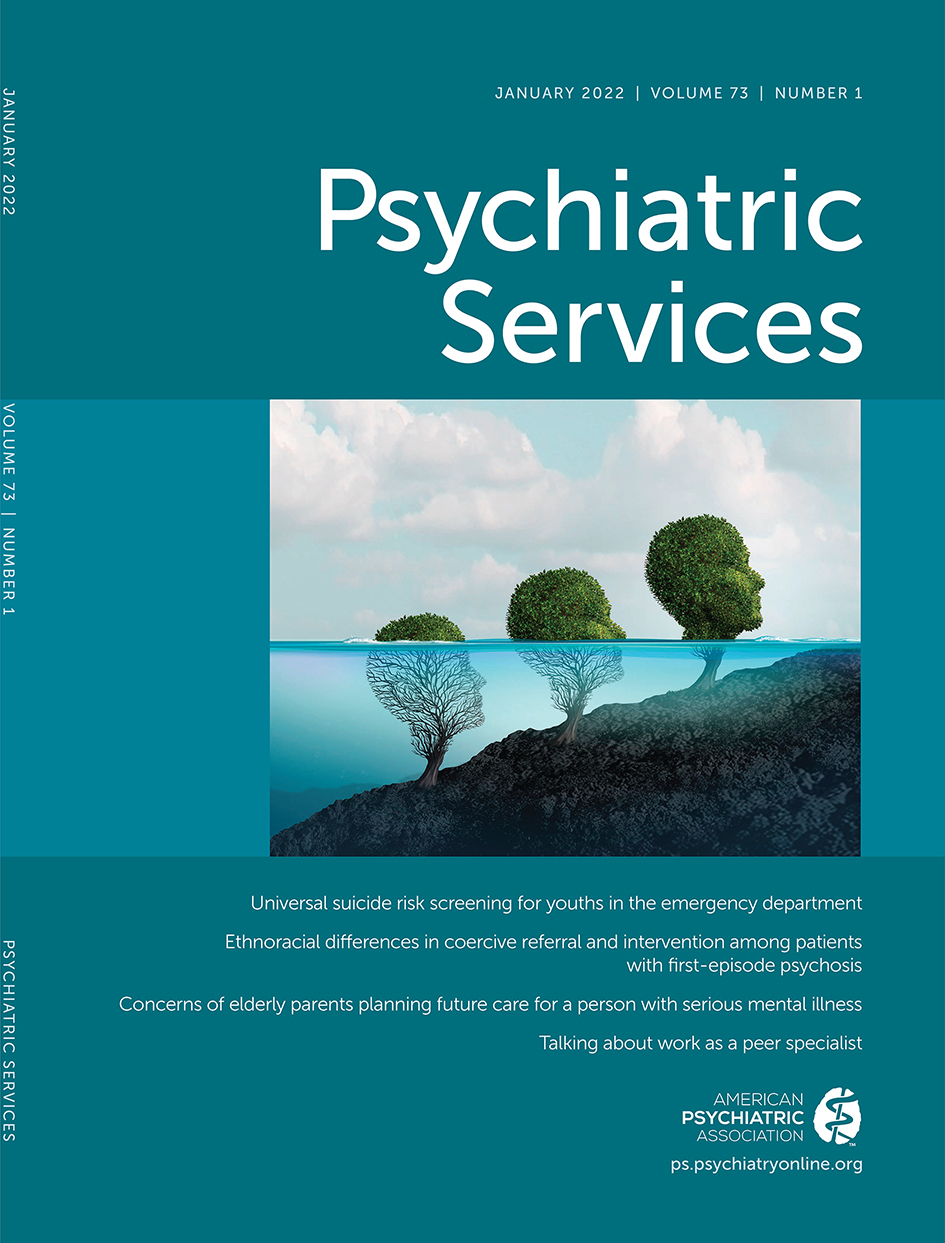Universal Suicide Risk Screening for Youths in the Emergency Department: A Systematic Review
Abstract
Objectives:
To address escalating youth suicide rates, universal suicide risk screening has been recommended in pediatric care settings. The emergency department (ED) is a particularly important setting for screening. However, EDs often fail to identify and treat mental health symptoms among youths, and data on implementation of suicide risk screening in EDs are limited. A systematic review was conducted to describe the current literature on universal suicide risk screening in EDs, identify important gaps in available studies, and develop recommendations for strategies to improve youth screening efforts.
Methods:
A systematic literature search of PubMed, MEDLINE, CINAHL, PsycINFO, and Web of Science was conducted. Studies focused on universal suicide risk screening of youths served in U.S. EDs that presented screening results were coded, analyzed, and evaluated for reporting quality. Eleven studies were included.
Results:
All screening efforts occurred in teaching or children’s hospitals, and research staff administered suicide screens in eight studies. Thus scant information was available on universal screening in pediatric community ED settings. Large variation was noted across studies in participation rates (17%−86%) and in positive screen rates (4.1%−50.8%), although positive screen rates were influenced by type of presenting concern (psychiatric versus nonpsychiatric). Only three studies concurrently examined barriers to screening, providing little direction for effective implementation. STROBE guidelines were used to rate reporting quality, which ranged from 51.9% to 87.1%, with three studies having ratings over 80%.
Conclusions:
Research is needed to better inform practice guidelines and clinical pathways and to establish sustainable screening programs for youths presenting for care in EDs.



